_Location: Cradle of Humankind, Gauteng,
South Africa
_Company: GREENinc Landscape Architecture and Urbanism | www.greeninc.co.za
_Clients:
Gauteng Department of Economic Development
Gauteng Department of Tourism
_Collaborators:
Architects | GAPP Architects, MMA Design Studio, Office 24|7 Architecture
Electrical Engineer | Mott MacDonald
Quantity Surveyor | Walker Mare
_Contractors:
Landscape: FSG Landscaping
_Year completed: 2017
_Text credits:

Cradle of Humankind, Gauteng, South Africa
Photo: GREENinc Landscape Architecture + Urbanism
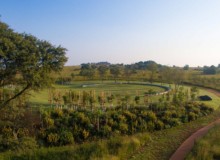
Cradle of Humankind, Gauteng, South Africa
Photo: GREENinc Landscape Architecture + Urbanism
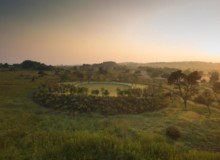
Cradle of Humankind, Gauteng, South Africa
Photo: GREENinc Landscape Architecture + Urbanism
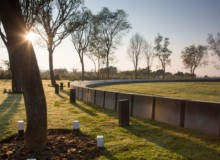
Cradle of Humankind, Gauteng, South Africa
Photo: GREENinc Landscape Architecture + Urbanism
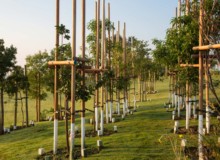
Cradle of Humankind, Gauteng, South Africa
Photo: GREENinc Landscape Architecture + Urbanism
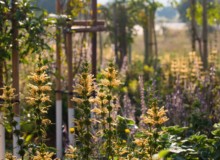
Cradle of Humankind, Gauteng, South Africa
Photo: GREENinc Landscape Architecture + Urbanism
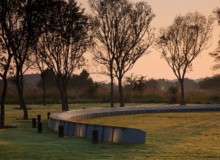
Cradle of Humankind, Gauteng, South Africa
Photo: GREENinc Landscape Architecture + Urbanism
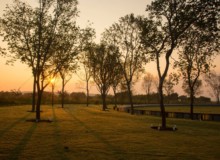
Cradle of Humankind, Gauteng, South Africa
Photo: GREENinc Landscape Architecture + Urbanism
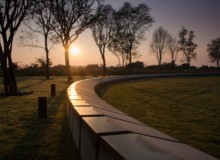
Cradle of Humankind, Gauteng, South Africa
Photo: GREENinc Landscape Architecture + Urbanism
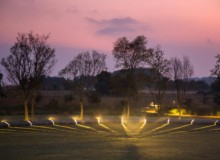
Cradle of Humankind, Gauteng, South Africa
Photo: GREENinc Landscape Architecture + Urbanism
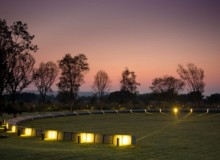
Cradle of Humankind, Gauteng, South Africa
Photo: GREENinc Landscape Architecture + Urbanism
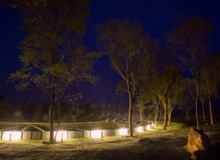
Cradle of Humankind, Gauteng, South Africa
Photo: GREENinc Landscape Architecture + Urbanism
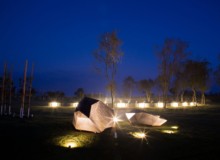
Cradle of Humankind, Gauteng, South Africa
Photo: GREENinc Landscape Architecture + Urbanism
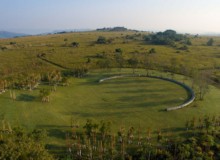
Cradle of Humankind, Gauteng, South Africa
Photo: GREENinc Landscape Architecture + Urbanism
Project Description
Located in the Cradle of Humankind (a UNESCO World Heritage Site), this Maropeng Stone Garden is an extension to the existing museum complex and includes an outdoor exhibition space, amphitheatre and picnic facilities.
The design was informed by the theme of human impact and aims to challenge typical museum mechanisms of explanation. Human impact is simply portrayed by two carefully placed stone narratives within the space: an archaeological stone tool sculpture at the entrance (recalling the implements of a past civilization), and a new seating ring defining and marking the contemporary intervention at the heart of the same site.
To the north, a sheltered oval lawn for picnics and events is embraced by a curved line of trees. They form a protective threshold, while framing views towards the Tumulus (museum) and the untouched grassland surrounding it. The southern edge is enclosed by a sculpted earth embankment which can be utilised as an amphitheatre for outdoor events. The formal planting of several small tree “cathedrals” create protected pockets of calmness in an otherwise windswept landscape.
The planting palette makes use of locally indigenous forbs and trees which reflect and compliment the biodiverse Bankenveld vegetation type in which the site is situated. Intensive planting is restricted to the outside of the earth embankment, where the closely planted trees will grow into a small forest. The temporary flowering annuals will be overtaken by indigenous grasses – eventually the natural landscape and the insertions will be woven together.
Over time, the human impact on this site can be erased by natural decay and growth. Thus, the remains of the stone narratives and the tree “cathedrals” become the sole evidence of human interference – much like the stone tools used by our forebearers millennia ago.



